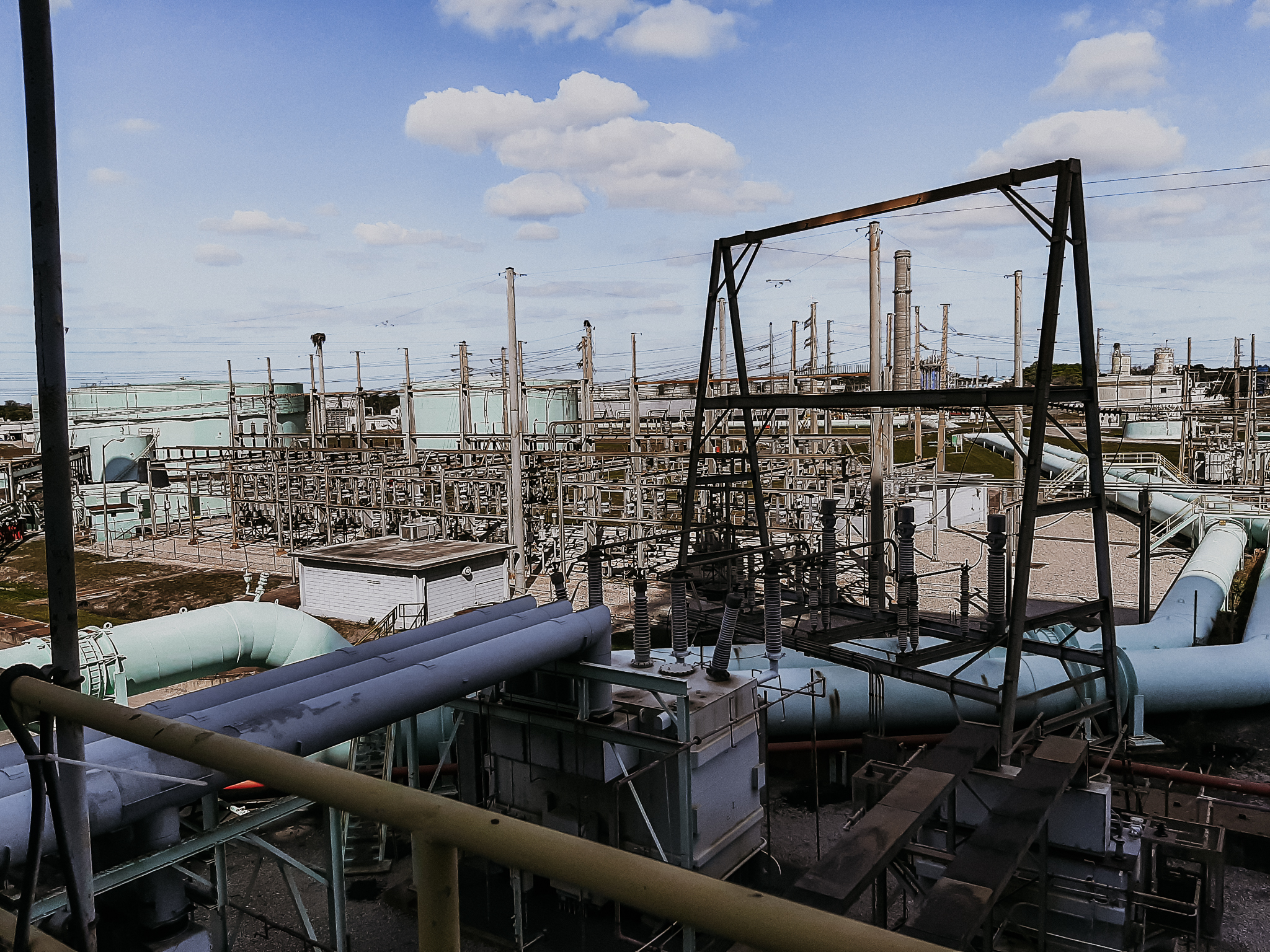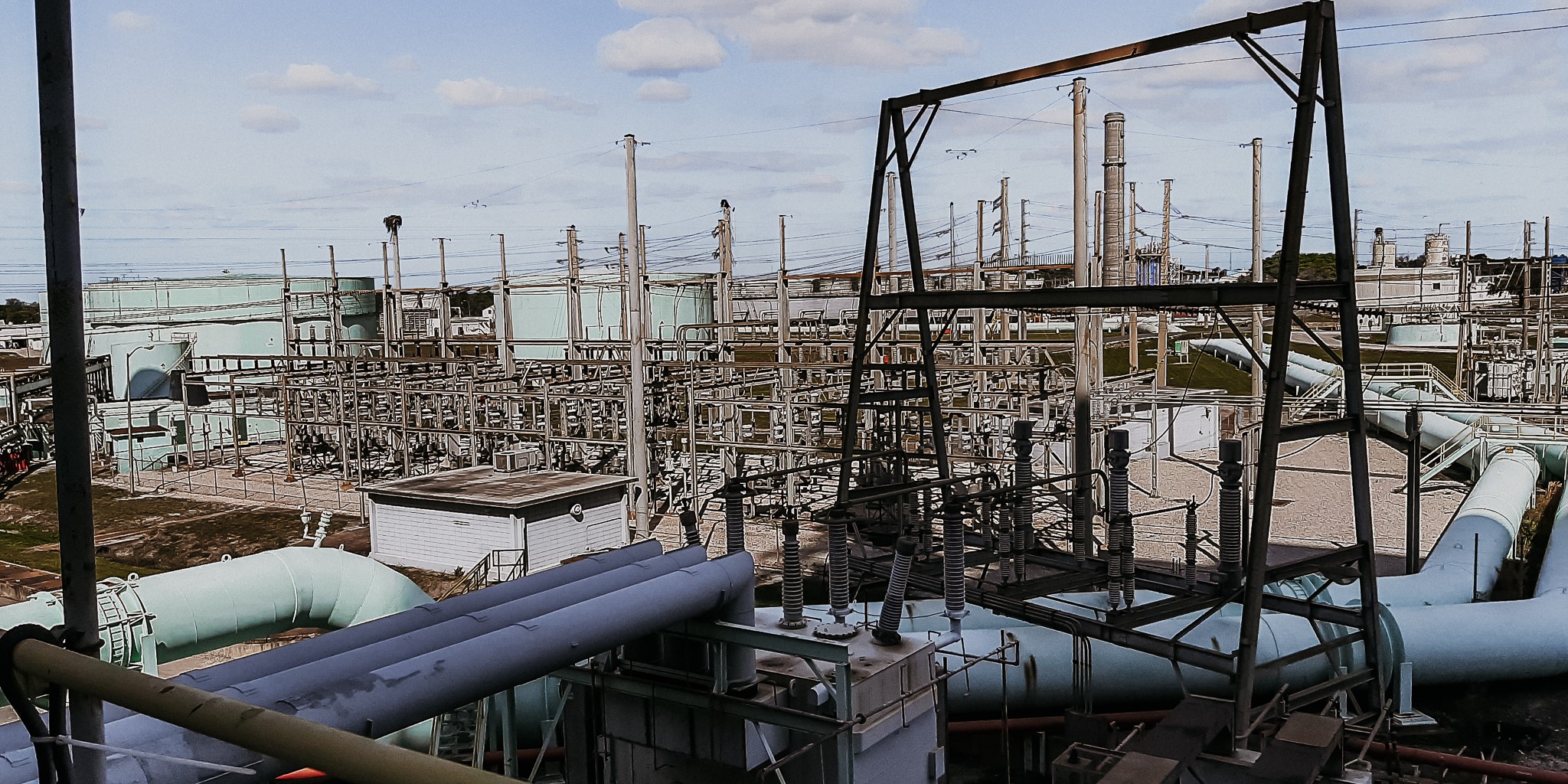
INTRODUCTION
Total Wrecking & Environmental is a leading industrial and commercial demolition company known for its expertise in large-scale demolition projects and its unwavering emphasis on safety, efficiency, and integrity.
The Lakeland McIntosh Power Plant demolition project was one of many Total Wrecking significant undertakings to date, a multi-year project that involved the demolition of three major boilers and associated structures.
Remarkably, the project achieved zero injuries, and the team overcame a litany of unique challenges, not least of which was navigating strict regulations to protect local wildlife, such as ospreys and eagles. Technical challenges also abounded, with the project requiring innovative demolition techniques, including the use of a specialized wrecking ball and precise implosion strategies to bring down large structures safely.
PROJECT BACKGROUND
The Lakeland McIntosh Power Plant, located in Lakeland, Florida, has been a significant landmark in the region for decades. This major power-generating facility played a crucial role in supplying electricity to over 200,000 residents and businesses in the surrounding areas and was a massive contributor to the local economy and infrastructure.
Total Wrecking & Environmental was tasked with dismantling three major boilers, along with surrounding precipitators, ICRs, scrubbers, transformers, and administrative buildings, some of which reached up to 13 stories in height. Not to mention, like most industrial demolition projects, the safe handling of hazardous and regulated materials throughout the process.
Over the course of the project, which spanned approximately two years, the team successfully executed multiple implosions and used specialized equipment such as a 32,000-pound “slingshot gravity pendulum” like device and high-reach machinery to bring down these towering structures.
The successful completion of this project not only marked a significant milestone for Total Wrecking but also set a high standard for future large-scale demolition projects, so much so that they received a shortlist nomination in 2024 for the World Demolition Award’s prestigious “Project Over $1,000,000” award.
INITIAL PLANNING AND PREPARATION
The Lakeland McIntosh Power Plant demolition project began in May 2022 and spanned over two years, concluding in mid-2024. Initial planning involved comprehensive site assessments, environmental impact studies, and coordination with the city of Lakeland to ensure a smooth and safe operation.
PROJECT TIMELINE
• May 2022: Project commencement with site preparation and initial assessments.
• June 2022: Mobilization of equipment and resources, including the setup of safety protocols and environmental protection measures.
• November 2022: Arrival of Superintendent Steve Schafner and General Superintendent John Spaich who took over on-site leadership.
• March 2023: Completion of the first major implosion, bringing down one of the three 600-megawatt boilers.
• August 2023: Execution of the second implosion, further dismantling significant portions of the plant’s structure.
• February 2024: Final implosion and demolition of remaining structures, including administrative buildings and auxiliary structures.
• June 2024: Project wrap-up, including the removal of debris, site clean-up, and handover to the city of Lakeland.
Throughout the project, Total Wrecking employed a variety of innovative demolition techniques and equipment, most notably a 32,000-pound slingshot gravity pendulum like device adapted from a shaft of an old boiler from a previous project in Jacksonville. The team also had to ensure the protection of local wildlife, such as ospreys and eagles, by adhering to strict environmental regulations.
MAJOR CHALLENGES AND SOLUTIONS
ENSURING WORKER SAFETY
Like every industrial or commercial demolition project that Total Wrecking & Environmental undertakes, safety was the paramount concern throughout the Lakeland McIntosh Power Plant project. Given the scale and complexity of the demolition, ensuring that all team members adhered to stringent safety protocols was crucial and the only way to achieve the impressive milestone of zero injuries.
STRATEGIES IMPLEMENTED TO AVOID INJURIES
Several strategies were implemented to maintain a safe working environment:
• Comprehensive Safety Training: All workers underwent rigorous safety training, focusing on handling hazardous materials and operating heavy machinery.
• Regular Safety Audits: Daily safety audits were conducted to identify and mitigate potential hazards, ensuring all safety measures were in place and strictly followed.
• Protective Equipment: Workers were provided with the necessary personal protective equipment (PPE), including helmets, gloves, and safety harnesses.
• Safety Briefings: Regular safety briefings were held to keep the team updated on potential risks and safety protocols.
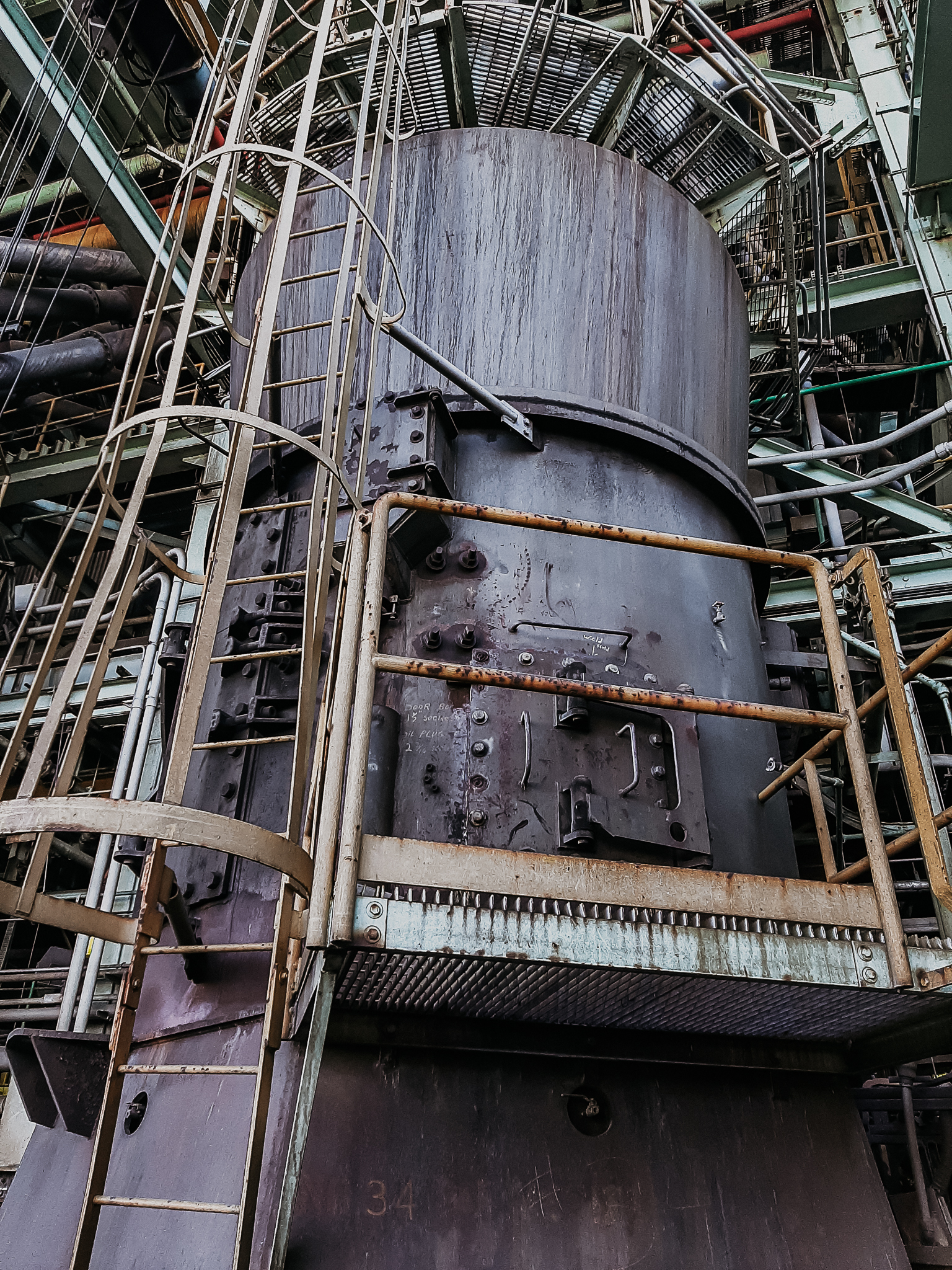
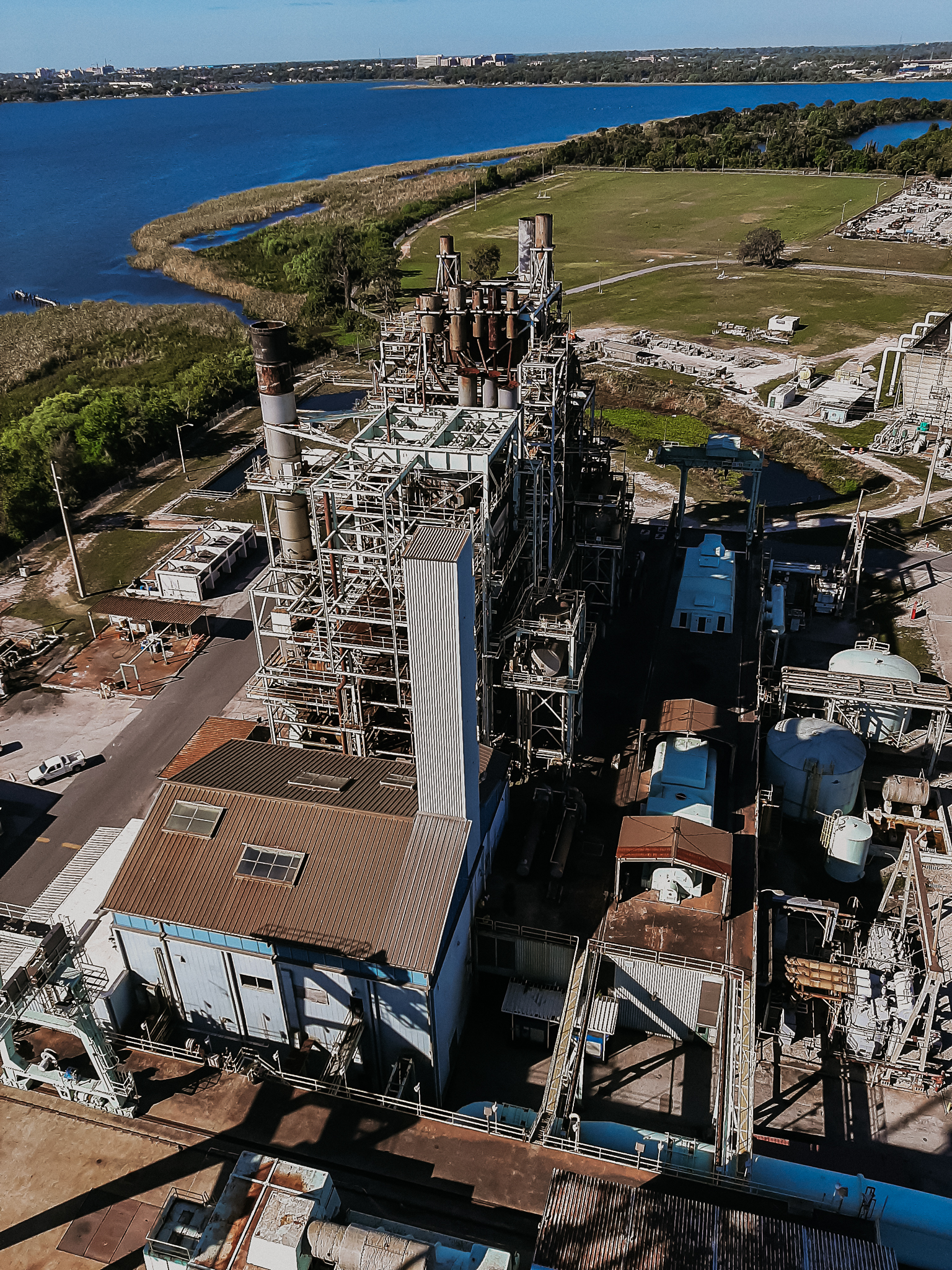
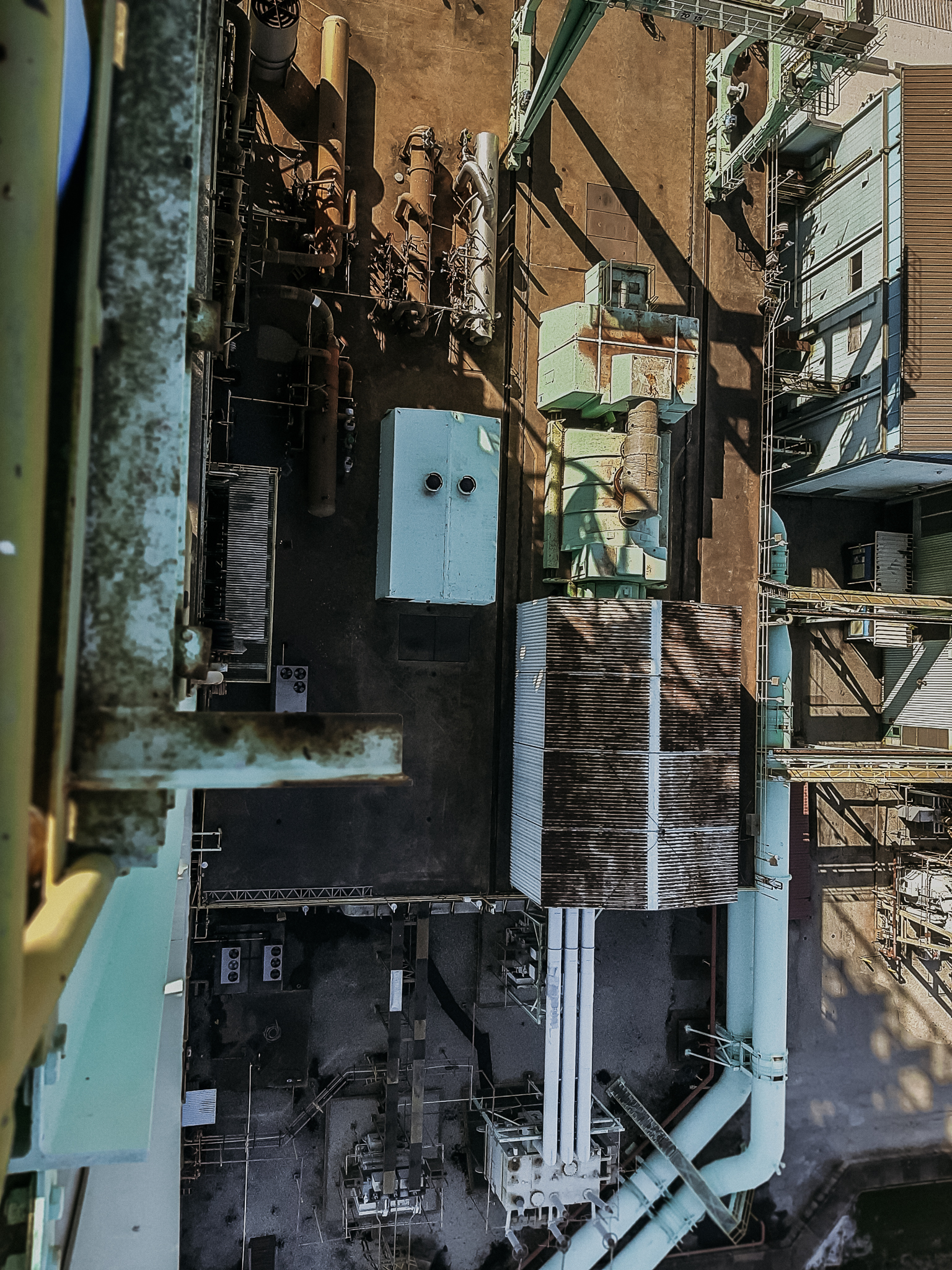
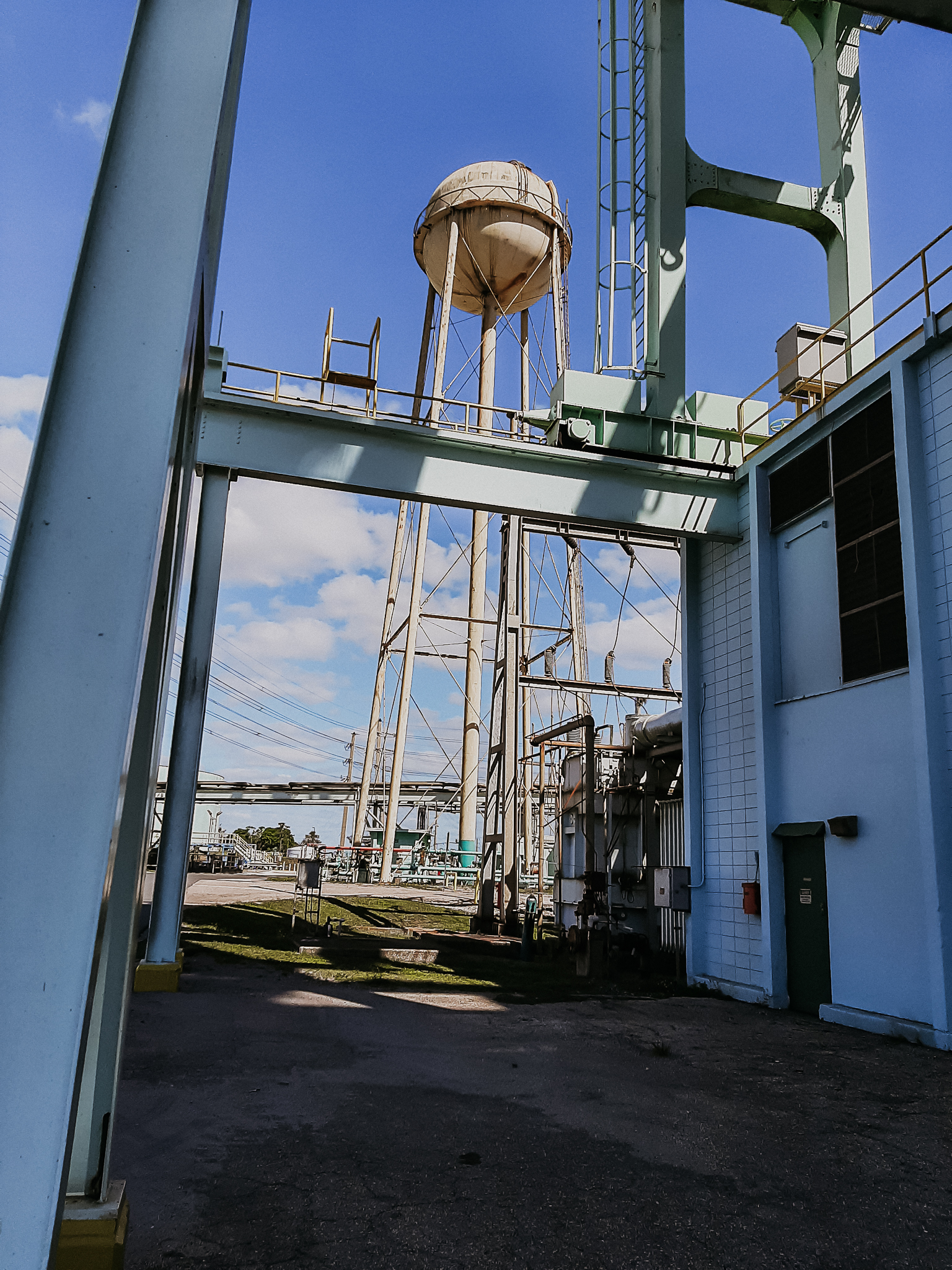
ENVIRONMENTAL COMPLIANCE
The Lakeland McIntosh Power Plant demolition project began in May 2022 and spanned over two years, concluding in mid-2024. Initial planning involved comprehensive site assessments, environmental impact studies, and coordination with the city of Lakeland to ensure a smooth and safe operation.
DEALING WITH WILDLIFE PRESERVATION AND ENVIRONMENTAL REGULATIONS
Like every industrial or commercial demolition project that Total Wrecking & Environmental undertakes, safety was the paramount concern throughout the Lakeland McIntosh Power Plant project. Given the scale and complexity of the demolition, ensuring that all team members adhered to stringent safety protocols was crucial and the only way to achieve the impressive milestone of zero injuries.
SPECIFIC MEASURES TAKEN TO PROTECT LOCAL WILDLIFE
• Monitoring Wildlife Activity: The team monitored the nesting habits of ospreys and eagles, ensuring that demolition activities did not interfere with their mating seasons. Tall equipment was kept lower to prevent birds from nesting on it.
• Coordination with Environmental Agencies: Continuous coordination with environmental agencies ensured that all activities were compliant with regulations protecting wildlife.
• Safe Relocation: During the project, two kittens were found in a pipe and safely removed and adopted, showcasing the team’s commitment to animal welfare.
USE OF INNOVATIVE TECHNIQUES AND SPECIALIZED EQUIPMENT
• PC 1250 Hydraulic Excavator: The PC 1250 is a powerful hydraulic excavator that played a crucial role in the demolition project. This machine is known for its exceptional strength and versatility, allowing it to handle a variety of tasks from breaking up large concrete structures to heavy lifting. Equipped with various attachments such as hydraulic hammers, shears, and crushers, the PC 1250 was instrumental in reducing the plant’s massive structures into manageable pieces.
• Specialized Wrecking Ball: A 32,000-pound slingshot gravity pendulum adapted from the shaft of an old boiler from a previous project was utilized for breaking up concrete turbine pedestals. This unique equipment proved essential in demolishing the large concrete support structures.
• High-Reach Machinery: High-reach demolition machines, equipped with long telescopic booms, enabled a precise top-down demolition approach that minimizes debris and risk of collapse. This method was particularly useful for systematically dismantling the plant’s 13-story boilers and other tall buildings.
• Implosion Coordination: The project required precise planning and execution of multiple implosions. Surgical planning ensured the safe and efficient collapse of the structures without damaging nearby facilities.
COORDINATION WITH THE CITY OF LAKELAND AND DEALING WITH POWER GRID CONNECTIONS
• Power Grid Management: One of the major challenges was working around the active switchyard, handling 23,000-volt wires critical to the power supply for the surrounding areas. Extremely careful planning and coordination was the only way to guarantee the demolition did not interfere with these connections.
• Traffic Management: For certain operations, such as removing conveyor belts that crossed roads, traffic was temporarily shut down, and police coordination was involved to manage the disruptions safely.
• Community Notifications: The team worked with the city’s community relations department to notify residents about the scheduled implosions to minimize any inconveniences and bolster everyone’s safety.
• Exclusion Zones: Exclusion zones were established around the implosion sites to ensure public safety. These zones were carefully monitored, and access was strictly controlled to prevent any unauthorized entry during the implosions.
• Community Viewing Areas: Designated viewing areas were set up outside the exclusion zones, allowing residents to enjoy the spectacle without compromising their safety.
KEY SUBCONTRACTORS AND THEIR ROLES
• CDI (Controlled Demolition, Inc.): CDI was brought in for their expertise in controlled implosions and played a critical role in planning and executing the precise implosions of the plant’s major structures. CDI’s experience and technical know-how ensured that the implosions were conducted safely and effectively.
• Dive Teams: To address the unique challenge of blocking off cooling tower water intake and circulation lines leading into the lagoon and canal, specialized dive teams were enlisted to perform delicate underwater operations to seal off the pipes and prevent water contamination.
• Abatement Contractors: An abatement contractor was hired to remove all asbestos materials from the site before demolition, an absolutely essential step for the safety of workers as well as regulatory compliance.
• Concrete Contractors: A concrete contractor was employed to reinforce and prepare structures for implosions, including precision saw-cutting of the stacks to ensure they would fall as planned during the implosion process.
• Paving Contractors: Paving contractors were involved to repair and manage site access roads, ensuring that heavy machinery could be safely and efficiently mobilized around the demolition site.
FUNDRAISERS AND EVENTS
• Raffle to Push the Implosion Button: One of the unique community engagement initiatives was a raffle, where local residents could buy tickets for a chance to push the button that would trigger one of the plant’s major implosions. This event not only raised funds for local charities but also created a sense of excitement and involvement within the community.
• Charity Donations: The company invited community members to donate to specific local charities for both implosions. This initiative was well-received and demonstrated Total Wrecking’s commitment to giving back to the community.
PROJECT COMPLETION AND OUTCOMES
The final phase of the Lakeland McIntosh Power Plant demolition project involved a thorough process of handover and closure so that all aspects of the project were completed to the highest standards and the site was left in excellent condition.
• Documentation and Compliance: Compiling waste manifests, scrap tickets, and any hazardous material removal records was essential for demonstrating regulatory compliance and for the final project audit.
• Site Inspection and Clean-Up: A comprehensive site inspection was conducted to verify that all demolition debris was removed and the site was safe and clean for future redevelopment.
• Client Walkthrough: A final walkthrough with the client, Lakeland management, was conducted to review the completed work, address any remaining concerns, and ultimately hand over the site to management’s satisfaction.
CONCLUSION
The Lakeland McIntosh Power Plant demolition project stands as a testament to Total Wrecking & Environmental, LLC’s expertise and dedication in the demolition industry.
Throughout the project, the team faced and overcame significant challenges, devised innovative techniques and specialized equipment – like the 32,000-pound slingshot gravity pendulum and high-reach machines – and executed a multi-year, high-stakes project efficiently and safely.
Building on the success of the Lakeland project, Total Wrecking & Environmental plans to continue setting high standards in the demolition industry. The lessons learned and innovative practices implemented during the Lakeland project will serve as a foundation for future projects while always prioritizing that each and every team member returns home safely at the end of each day.
In conclusion, the Lakeland McIntosh Power Plant demolition project has demonstrated Total Wrecking & Environmental, LLC’s ability to tackle large-scale, complex demolitions with precision, safety, and innovation. The company looks forward to building on this success and continuing to lead the industry with its commitment to excellence in every project it undertakes.

